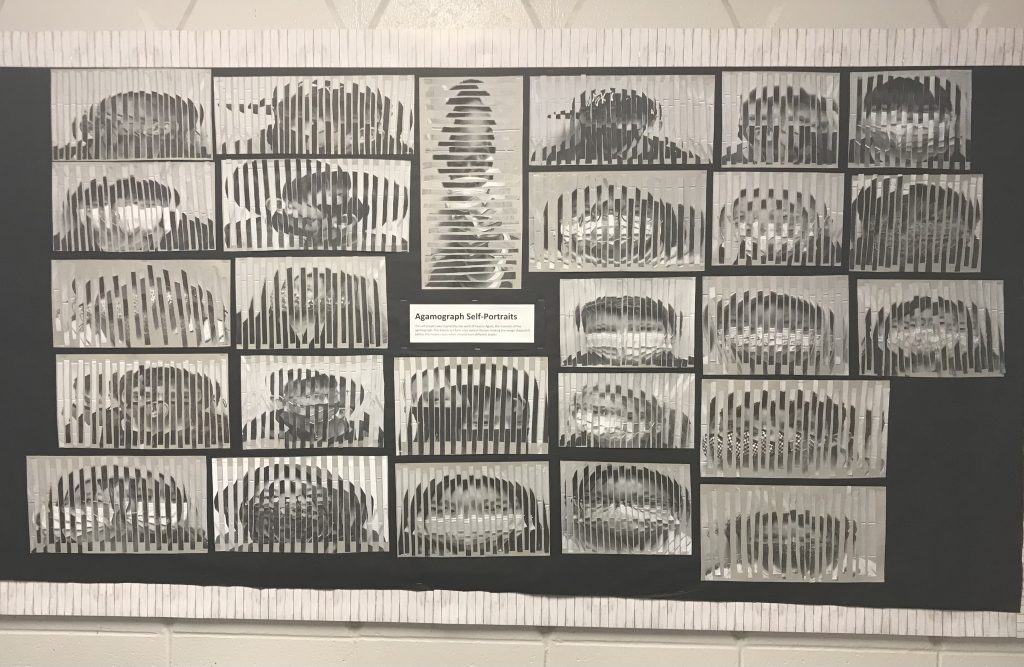
This art project was inspired by the work of Yaacov Agam, the inventor of the agamograph. This kinetic art form uses optical illusion, making the image shapeshift before the viewers eyes when viewed from different angles.

This art project was inspired by the work of Yaacov Agam, the inventor of the agamograph. This kinetic art form uses optical illusion, making the image shapeshift before the viewers eyes when viewed from different angles.
Today we had a presentation from the Youth Crisis Centre on mental health and self-care. Our presenter Nick taught us more about what mental health is. We learned that mental affects the way people think, feel and act and that taking care of our mental health is just as important as having a healthy body.
We learned that life isn’t always easy and that sometimes there are challenges along the way and that by using a variety of self-care tools we can learn ways to overcome these challenges and bounce back.
We learned that we cannot always see the emotional baggage people are carrying and discussed why it is important to be supportive and kind to others. There are many self-care tools we can use to help improve our mindset, eliminate negativity, reduce stress and anxiety, improve mental clarity, and help us cope with and overcome challenges.
We also learned that when dealing with challenges that affect our metal health we should always stop, take a breath, observe with curiosity, proceed with caution and use trial and error to help us figure out which self-care tools are most appropriate for dealing with the situation. Things won’t always be easy and to develop good mental health it will require daily effort and a variety of tools.
Lastly we learned that sometimes we don’t always have the answers and there are many organizations and people we can go to for help if we cannot solve our problems on our own.
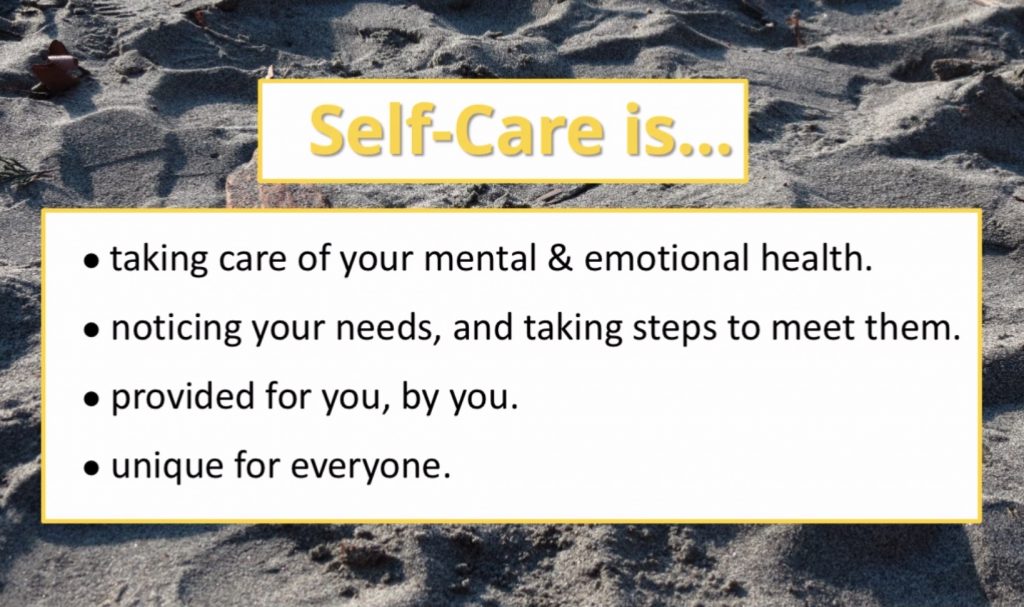
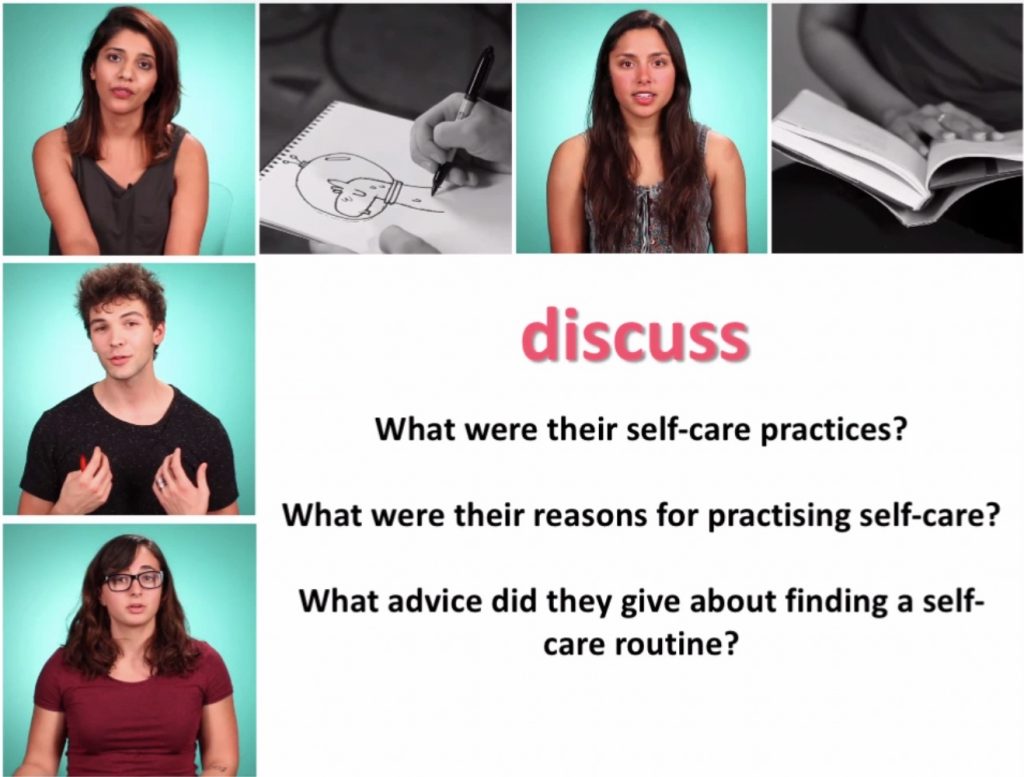

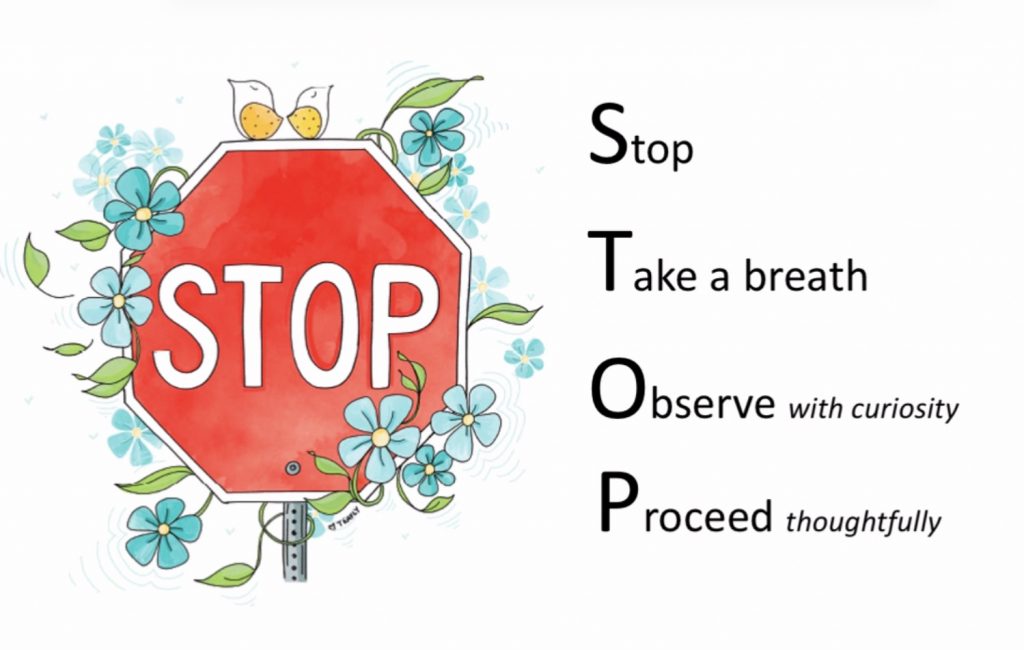 Student Feedback Survey:
Student Feedback Survey:
https://docs.google.com/forms/d/e/1FAIpQLSfAJNNgwRNpTWeBChopXpJfyn3pabHtLfyNtcz5HtaNuZKalA/viewform
Youth Mental Health Resources:
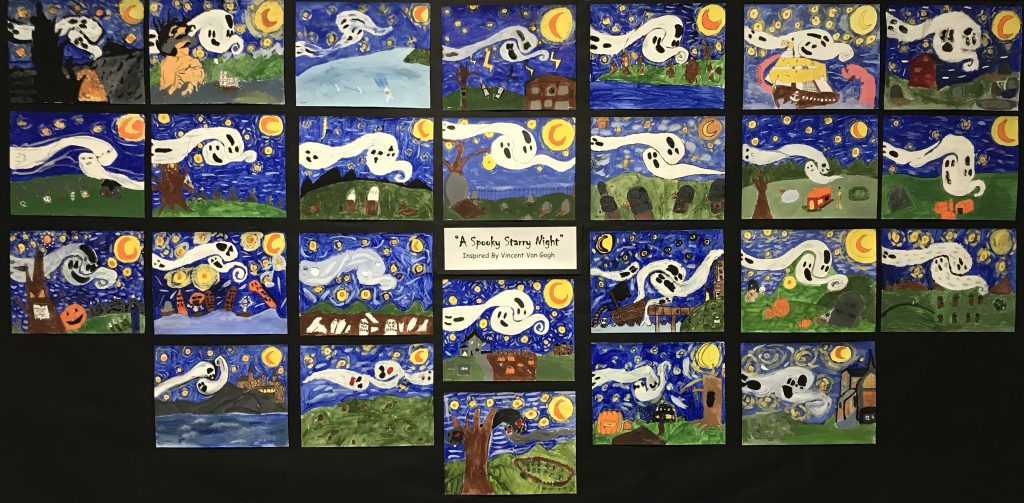
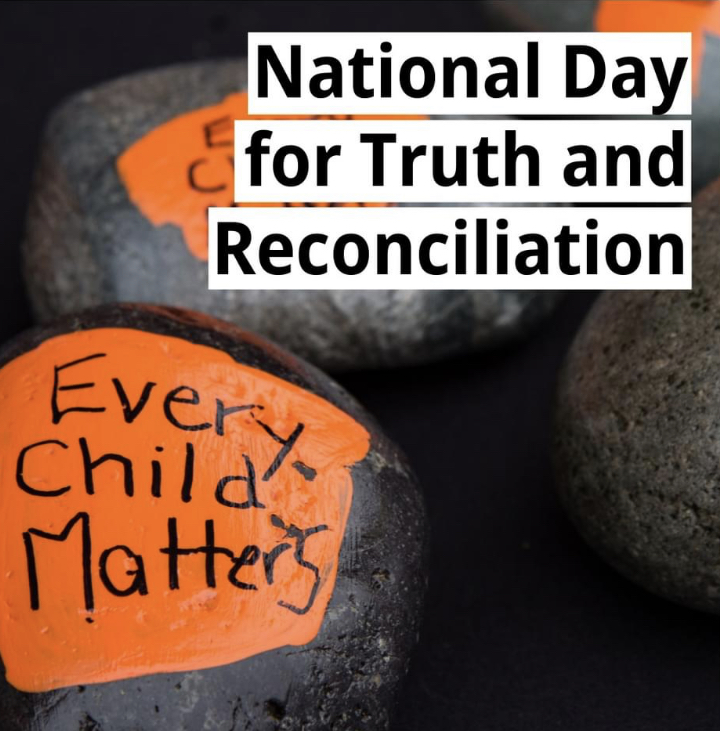
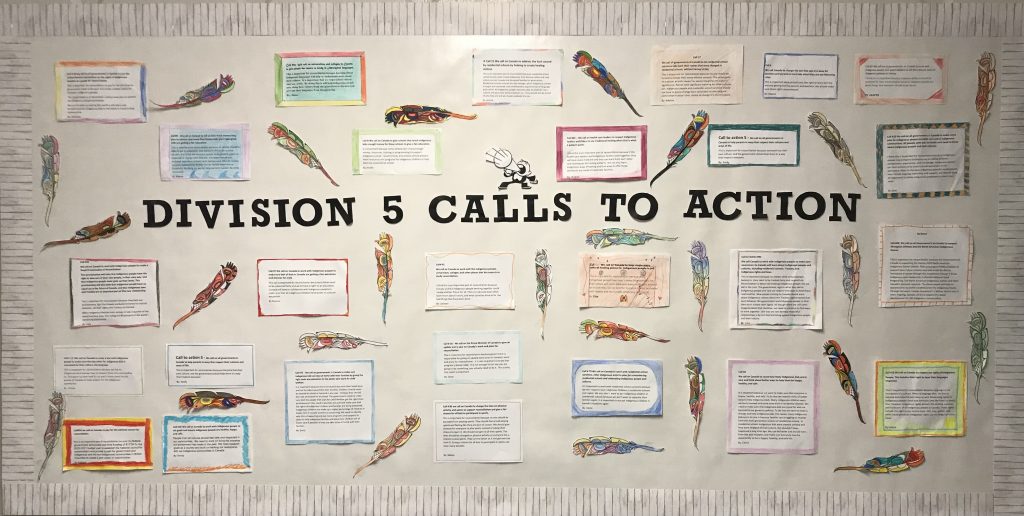
This week in class we’ve been learning about the harmful effects of residential schools and past government policy. We’ve discussed the meaning of reconciliation and have learned that reconciliation “is the reestablishment of broken relations, or forging of positive accord where there has been discord.” We’ve all learned what it means to be an ally and have identified ways we can resolve differences and build a path forward. In doing so we explored the Truth and Reconciliation Commission of Canada’s 94 Calls to Action. Afterwards we identified calls to action that resonated with us and discussed why they are an important part of the reconciliation process. As Justice Murray Sinclair of the Truth and Reconciliation Commission said, “education brought us here, education will help us get away from this.” By educating ourselves on Canada’s past wrongdoings we can ensure we do not repeat these same mistakes in the future and work toward building mutually respectful relationships with our indigenous communities in Canada.
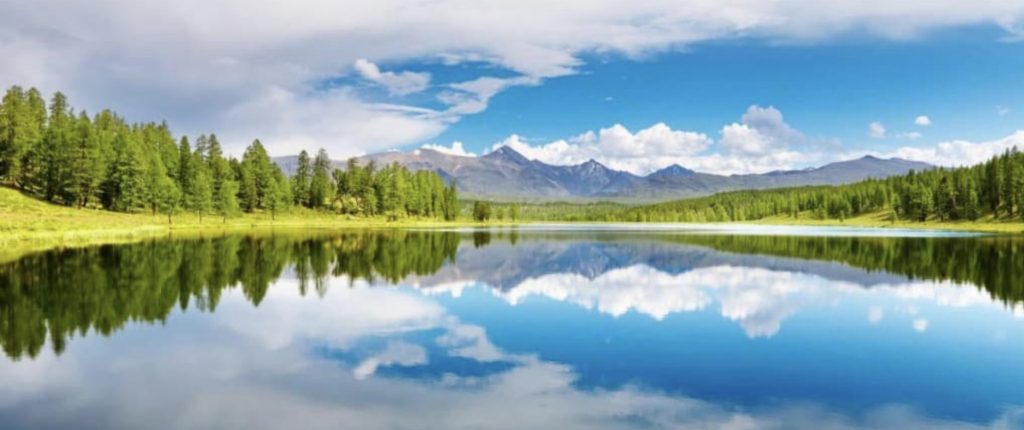
Today we had a virtual field trip with Green Bricks about air quality and biodiversity. Students explored sources of air pollution, discussed the effects of air pollution on biodiversity, and reviewed ways we can all reduce the harmful effects of air pollution and keep our planet healthy. They also learned about ozone and smog and how wind currents off the ocean tend to move air pollution further inland.
Students are encouraged to take the FUN AIR QUALITY audit to explain how to keep our air clean. For each completed audit we will be entered to win prizes for our classroom. Good luck everyone!
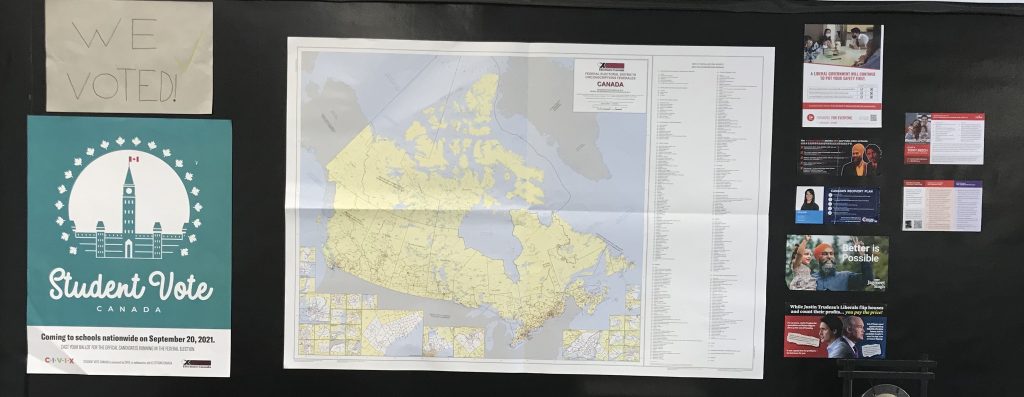
Links to Student Presentations on our Burnaby North Seymour Candidates:
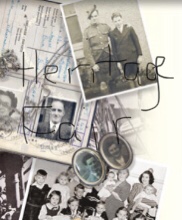
This year students from Divisions 1 through 5 researched about historically significant people, places, and events in Canada. They used inquiry processes to ask questions; gather, interpret, and analyze ideas; draw conclusions and make ethical judgements about events, decisions, and actions; and used technology and design skills to communicate their findings to their audience.
To view their Heritage Minutes click here: https://sd41-my.sharepoint.com/:v:/g/personal/e19647_burnabyschools_ca/Ee-07KMR10lOklG9vyWxo4cBho8fV3IUlMMjiNCnfmHONg?e=z7TQe7
To view their posters and see who the award recipients were click here: https://sd41-my.sharepoint.com/:v:/g/personal/e19647_burnabyschools_ca/EVtGXh4xhQ9IhAwjp2p0KSIBa_0sgIYatIJO0djgaO_QEA?e=u5PgMr
Students did an excellent job and we learned lots from their presentations. Well done everyone!
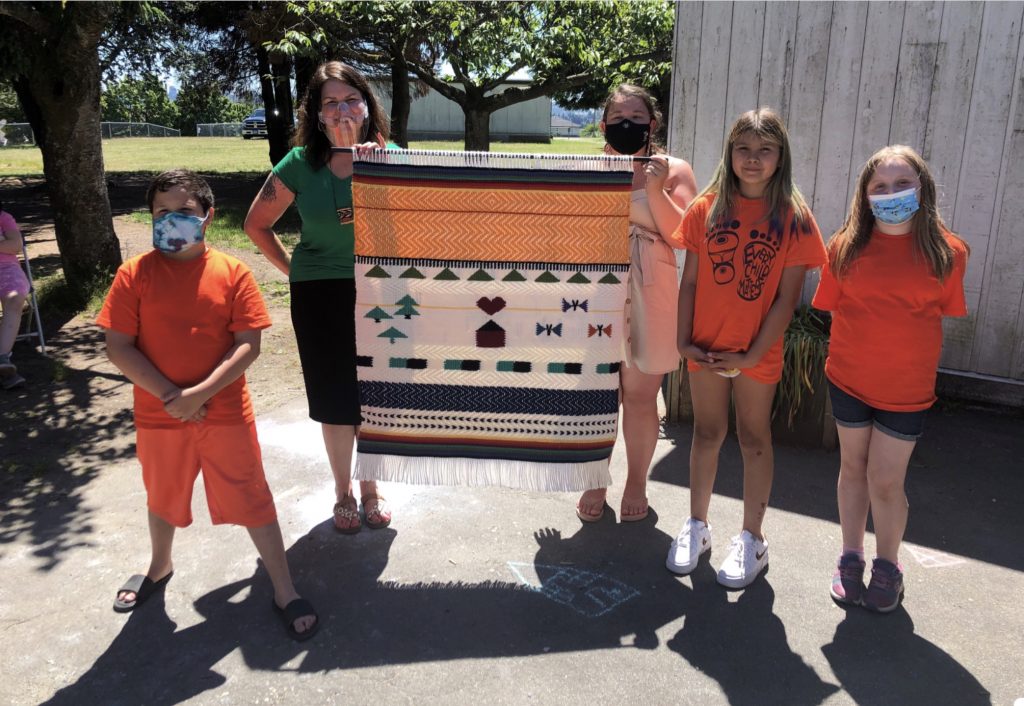
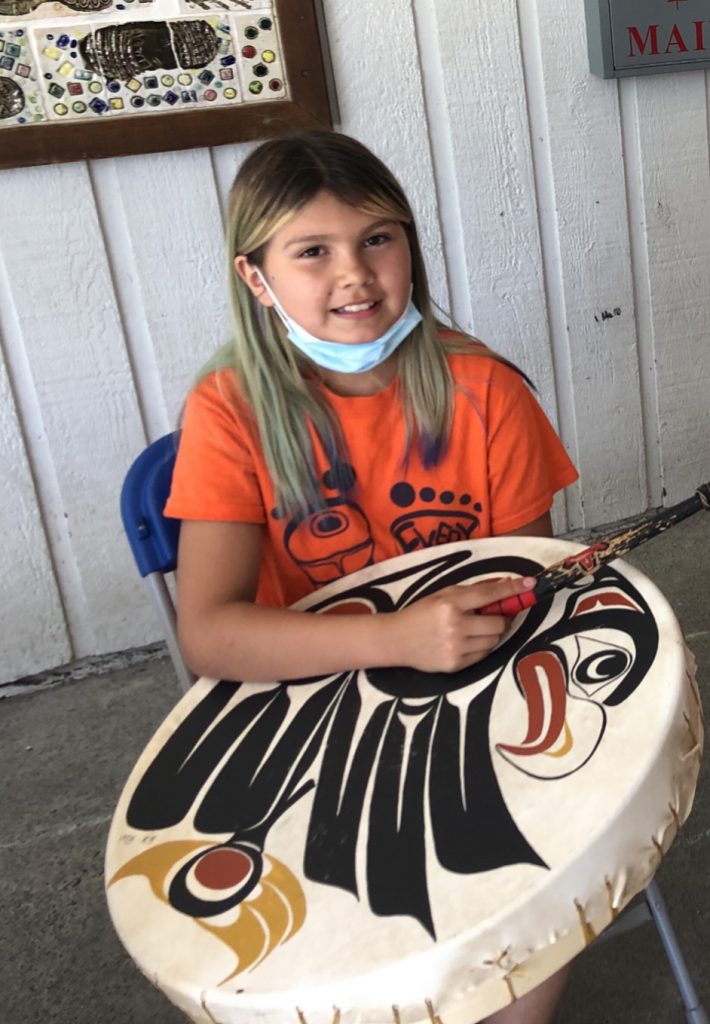 What a wonderful way for us to mark National Indigenous Peoples Day! Last year, we embarked on a weaving project with Coast Salish weavers Angela George and her apprentice Caitlin. They led us through a process where together we brainstormed our school values. Words such as kind, caring, our natural environment and the weaving of our French and English program were all ideas that were woven into the loom.
What a wonderful way for us to mark National Indigenous Peoples Day! Last year, we embarked on a weaving project with Coast Salish weavers Angela George and her apprentice Caitlin. They led us through a process where together we brainstormed our school values. Words such as kind, caring, our natural environment and the weaving of our French and English program were all ideas that were woven into the loom.
This weaving will hang proudly in our main foyer. We will revisit this with all of our students in the coming school year.
Special thanks to Alivia, Breton and Aaliya from Div 7 who received the weaving on behalf of our Aubrey community. Additionally, we thank our kindergarten children who so beautifully sang the Coast Salish Anthem with the arrival of the weaving.
If you are interested in seeing the Burnaby Art Gallery’s annual showcase of collective student artwork be sure to book your visit today. The gallery will be on display from April 30 through to June 6th. Bookings are required so call in advance to book one of several spots. Half-hour time slots have been scheduled throughout opening hours (Tuesday – Friday 10am – 4:30pm; Sat & Sun Noon-4:30pm), with a maximum of 8 people allowed in the gallery at a time. Groups are restricted to 4 and should be from the same household. As always, gallery admission is by donation.
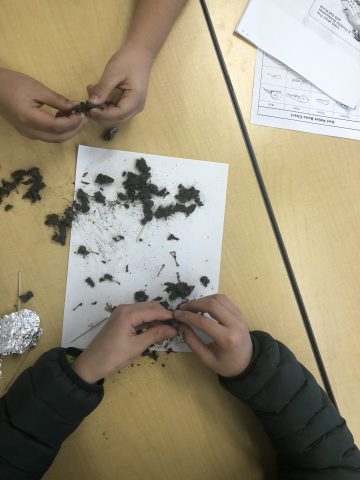
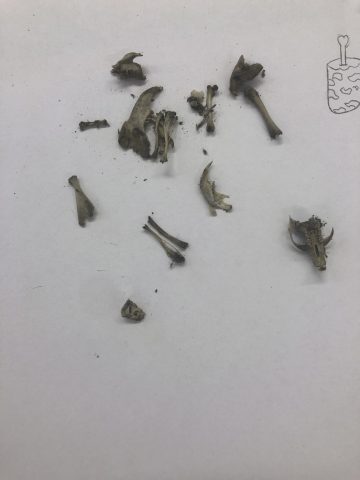
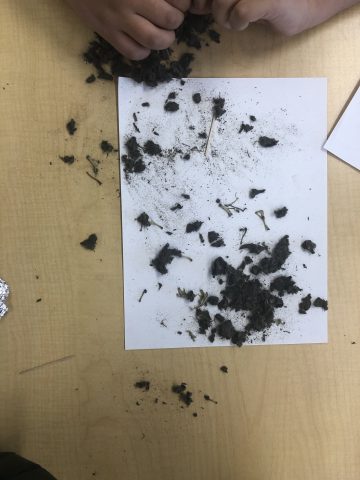
Lesson Objectives
In this lesson students are learning about:
Owl Pellet Video Links
What are Owl Pellets?
https://www.freetech4teachers.com/2016/12/what-are-owl-pellets-learn-by-watching.html
How to Dissect an Owl Pellet
https://scottishwildlifetrust.org.uk/resource/discover-how-to-dissect-an-owl-pellet/
Assignment
Div 3 Class Blog ©2024. All Rights Reserved.
Powered by WordPress.
Theme by Phoenix Web Solutions